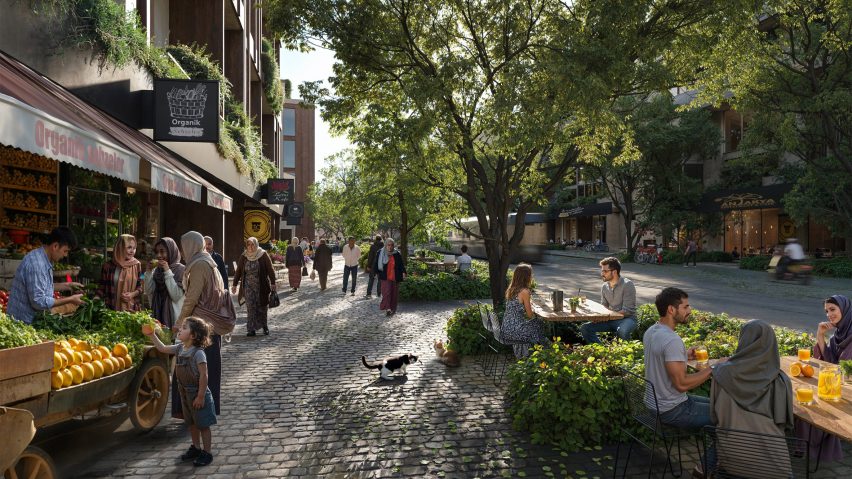
Foster + Partners unveils masterplan for rebuilding Antakya post-earthquake
British architecture studio Foster + Partners has revealed its masterplan to rebuild Antakya, Turkey, following the Turkey-Syria earthquakes last year.
Foster + Partners worked with engineering consultant Buro Happold, transport planner Mic-hub, and Turkish practices DB Architects and KEYM Urban Renewal Centre on the city masterplan, which focuses on a 30 square kilometre area of Antakya, the capital of Turkey's Hatay province.
It forms part of the Turkish Design Council's wider plan to rebuild Turkey after the earthquake, which took place on 6 February 2023, destroying multiple cities and killing more than 50,000 people.
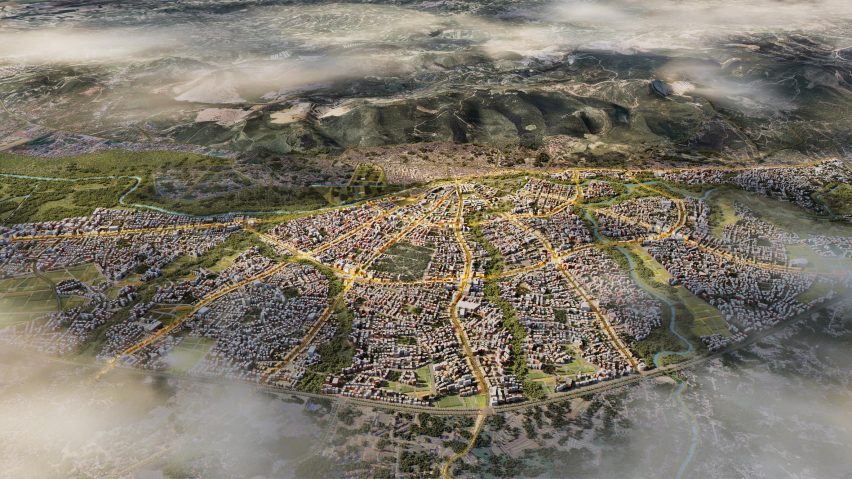
The practice focused on re-establishing the pre-existing characteristics of the area and enhancing them, aiming to encourage displaced people to return.
According to Foster + Partners, around 80 per cent of the buildings in Antakya were damaged in the earthquake. The practice plans to maintain the surviving structures and create an efficient road hierarchy that encourages public transport, pedestrians and cyclists.
Aiming to design the city for resilience, Foster + Partners identified areas around rivers at risk of flooding and will create green areas around them to provide more space for water runoff while also increasing nature-filled public space.
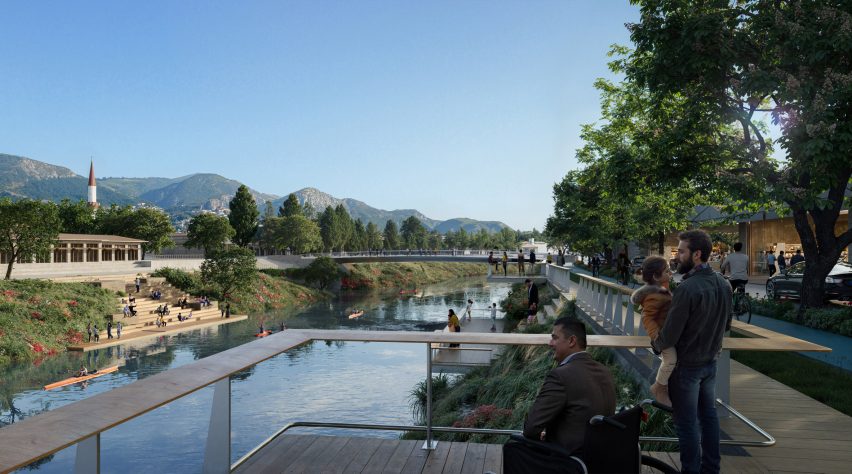
"Before the earthquake, the city of Antakya faced some challenges that we aim to address during the sustainable reconstruction," said Foster + Partners partner Loukia Iliopoulou.
"There were a lot of buildings built in flood-prone areas and next to the existing streams, the city grew organically and in a relatively uncontrolled manner which resulted in sprawl, the public realm was car-dominated, and there was an uneven distribution of open space with community facilities."
"There were also a lot of qualities we wanted to retain within the proposed urban framework – the buildings that survived the earthquake, the permeability and the granularity of the urban fabric, the variety in the block typologies, the green spaces that were well-established in the collective memory of the residence, and the location of amenities that are also important to residents," Iliopoulou continued.
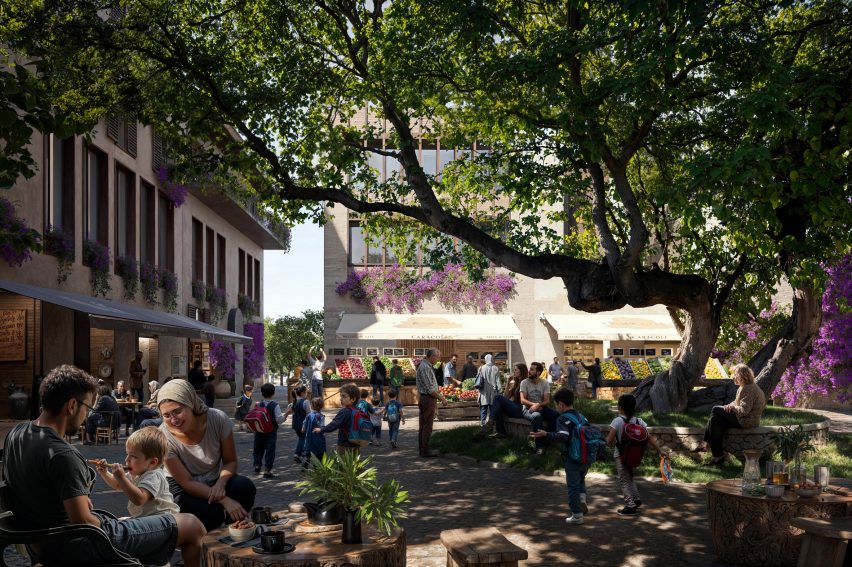
The wider masterplan for Antakya includes 13 districts, each with its own commercial hubs and high streets designed to evoke memories of the building fabric that existed before the earthquake.
"We haven't changed the main structure of the city," said Iliopoulou.
"We've prioritised the heart of the city and some basic social infrastructure, such as the high streets with live-work units – I will be happy for the rest of the fabric to evolve over time."
The buildings will be designed to be earthquake-resilient by having mainly simple rectangular forms in a variety of heights, adequate separation between buildings, and avoiding setbacks and overhangs.
Public plazas will also double as emergency gathering spaces, with access wide enough for emergency service vehicles and enough space on the plazas to assemble emergency shelters.
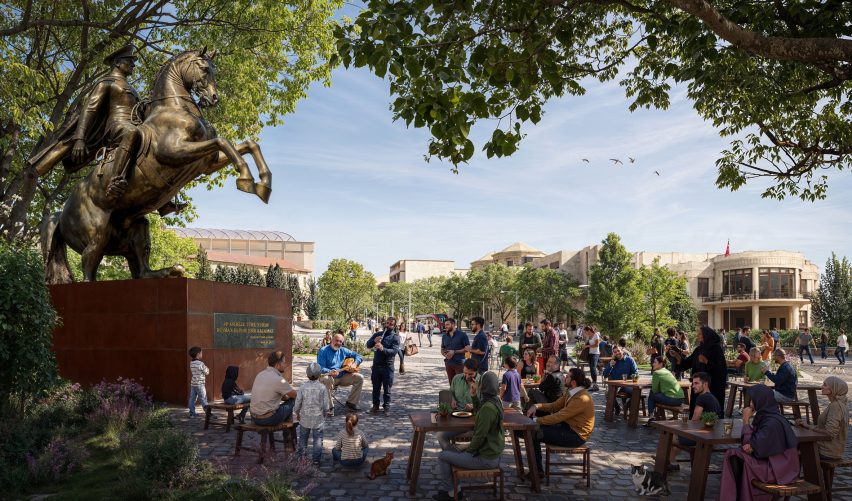
Foster + Partners plans to begin rebuilding in one area of Antakya, starting with building the high streets to establish homes near places of employment.
The practice hopes to expand rebuilding to the wider city in the future.
"If you want to start by phasing it out, every neighbourhood module comes with its own infrastructure that is enough to cover the needs of the residents within that neighbourhood – it has a modular approach based on the way we've treated the neighbourhood scale," said Iliopoulou.
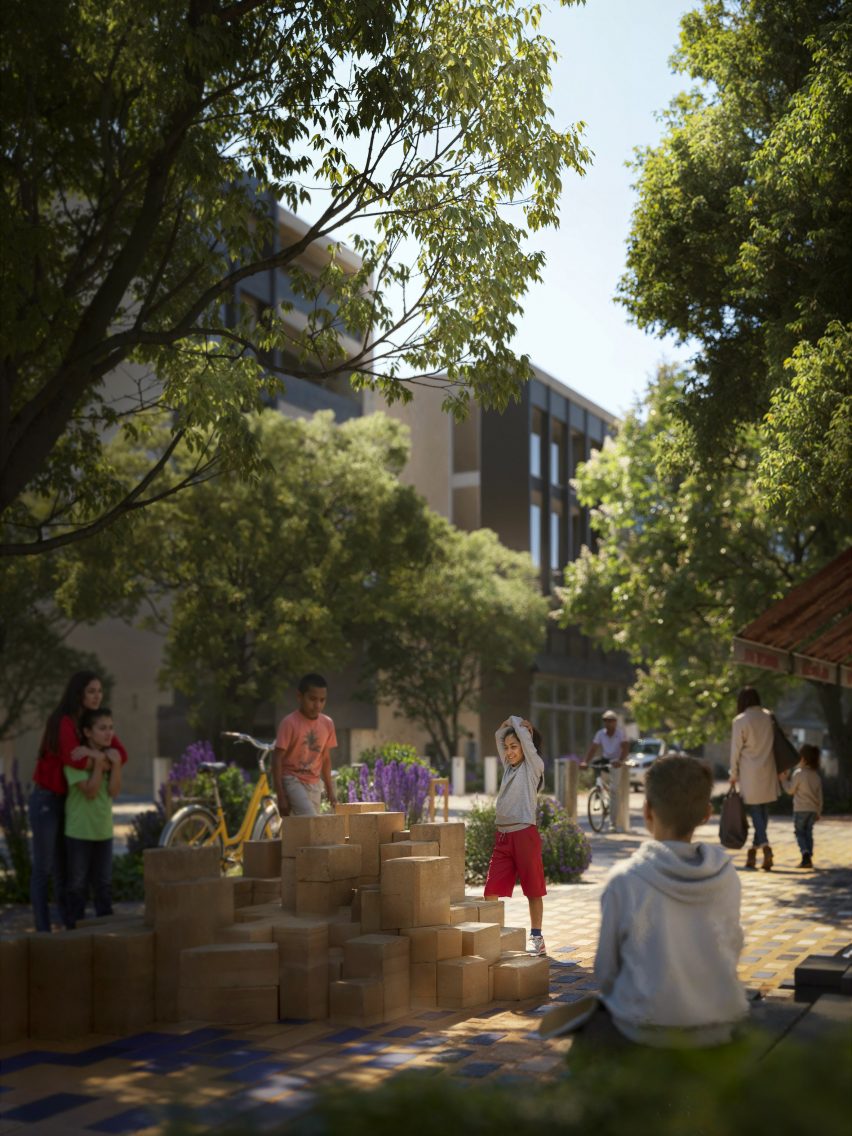
Earlier this year, Foster + Partners spoke to Dezeen about the practice's goal for the masterplan, where they described how working with local aid helps the recovery process in post-disaster rebuilding.
Last year, chair of the Turkey Design Council Mehmet Kalyoncu told Dezeen the Hatay rebuilding project is the "most sophisticated urban problem in the world".
The images are by Foster + Partners.